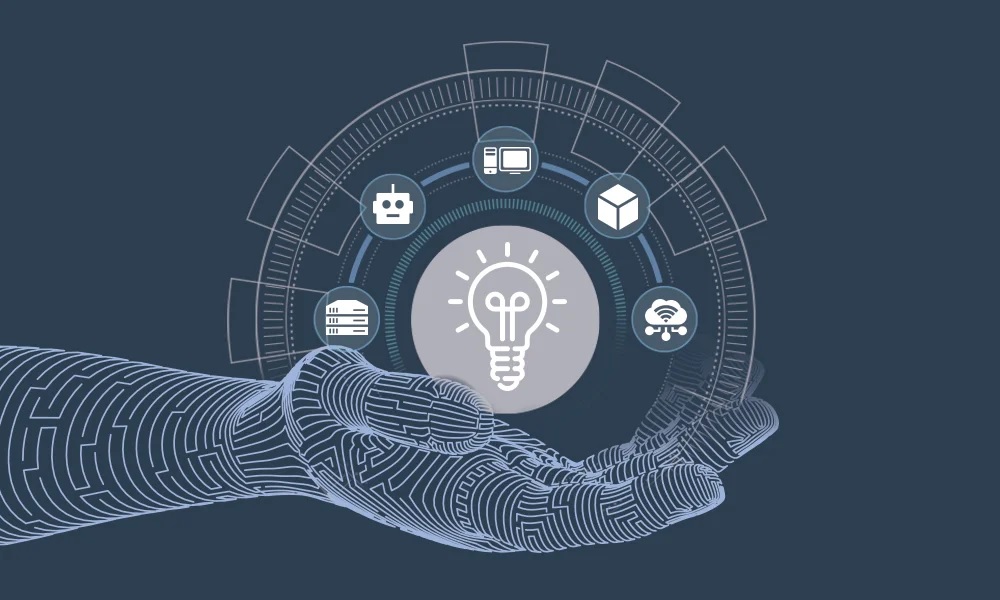Advancements in Brain-Computer Interfaces: A New Era of Interaction

The field of brain-computer interfaces (BCIs) has seen tremendous advancements in recent years, revolutionizing the way we interact with technology. A BCI is a system that allows direct communication between the brain and a computer, enabling users to control devices using their thoughts alone. These devices have the potential to enhance the lives of individuals with disabilities, and also have applications in fields such as gaming, education, and even military training.
Types of Brain-Computer Interfaces
There are several types of BCIs, each with its own advantages and disadvantages. The most common types include:
- Invasive BCIs: These are implanted directly into the brain, allowing for precise control over devices. However, they are also the most risky and invasive.
- Non-Invasive BCIs: These use external sensors to measure brain activity, such as electroencephalography (EEG) or functional magnetic resonance imaging (fMRI). These are less risky, but can be less accurate.
- Partially Invasive BCIs: These use a combination of invasive and non-invasive methods, such as implanting electrodes under the scalp.
Applications of BCIs
BCIs have the potential to transform the lives of individuals with disabilities, providing them with greater independence and control over their environment. For example, a BCI could allow a person with paralysis to control a wheelchair using their thoughts alone. BCIs can also be used for communication purposes, allowing individuals with severe communication impairments to express themselves more easily.
In addition, BCIs have applications in fields such as gaming and education. For example, a BCI game could allow players to control characters using their thoughts, providing a unique and immersive experience. In education, BCIs could be used to enhance learning and engagement, allowing students to interact with educational materials in new and exciting ways.
Recent Advancements in BCIs
Recent advancements in BCIs have focused on improving their accuracy and usability. One major advancement is the use of machine learning algorithms to improve the accuracy of non-invasive BCIs. These algorithms can analyze large amounts of brain activity data to identify patterns and improve the accuracy of the BCI.
Another advancement is the development of wireless BCIs, which eliminate the need for wires and cables, making them more user-friendly and less cumbersome. This also allows for greater mobility and freedom of movement.
Finally, researchers have been working on developing BCIs that can read and interpret complex thoughts and emotions. This could have implications for fields such as psychology and psychiatry, allowing for a better understanding of how the brain processes emotions and thoughts.
BCIs have the potential to revolutionize the way we interact with technology, providing greater independence and control for individuals with disabilities, and opening up new possibilities in fields such as gaming and education. Recent advancements in BCIs have focused on improving their accuracy and usability, and researchers continue to explore new avenues for innovation. As BCIs continue to evolve and improve, we can expect to see even more exciting and transformative applications in the future.




